Description
Polyamide-imide (PAI): A High-Performance Polymer for Demanding Applications
Polyamide-imide (PAI) is a high-performance amorphous thermoplastic polymer prized for its exceptional combination of mechanical, thermal, and chemical resistance. Bridging the gap between high-strength engineering plastics and thermosetting materials, PAI finds applications in diverse industries where durability and reliability are paramount.
What makes PAI so special?
The unique properties of PAI stem from its molecular structure, which comprises both polyamide and polyimide segments. This combination provides a synergistic effect, resulting in a polymer boasting:
- High Thermal Stability: PAI can withstand continuous use temperatures up to 260°C (500°F) and short-term exposure to even higher temperatures. This exceptional heat resistance makes it suitable for applications where other polymers would degrade or distort.
- Excellent Mechanical Strength and Stiffness: PAI exhibits high tensile strength, flexural strength, and impact resistance, making it capable of withstanding significant loads and stress. Its rigidity also contributes to its dimensional stability under demanding conditions.
- Exceptional Chemical Resistance: PAI resists degradation from a wide range of chemicals, including fuels, oils, solvents, and acids. This property is crucial in harsh environments where chemical exposure is inevitable.
- Good Wear Resistance: PAI exhibits low friction and high wear resistance, making it ideal for components subjected to repeated movement and contact.
- Creep Resistance: PAI demonstrates excellent resistance to creep, meaning it maintains its shape and dimensions even under sustained loads at high temperatures.
- Flame Retardancy: PAI is inherently flame retardant, contributing to its safety in applications where fire resistance is critical.
- Dimensional Stability: PAI offers excellent dimensional stability, minimizing expansion or contraction with temperature changes.
Applications of Polyamide-imide:
The exceptional properties of PAI make it a versatile material for a wide range of applications:
- Aerospace: PAI is used in aircraft components such as bushings, bearings, seals, and electrical connectors due to its high-temperature resistance, mechanical strength, and flame retardancy.
- Automotive: PAI finds application in automotive components like gears, bushings, thrust washers, and brake parts, where its high wear resistance and chemical resistance are crucial.
- Oil and Gas: PAI is used in downhole tools, seals, and pump components due to its resistance to chemicals, high temperatures, and pressures encountered in oil and gas exploration and production.
- Electronics: PAI is used in electrical connectors, insulators, and printed circuit boards due to its high dielectric strength, thermal stability, and chemical resistance.
- Industrial Equipment: PAI is used in bearings, bushings, seals, wear rings, and other components in industrial equipment subjected to high temperatures, heavy loads, and harsh chemicals.
- Medical Devices: PAI can be sterilized and is biocompatible, making it suitable for some medical device applications.
Processing and Manufacturing:
PAI can be processed using various methods, including:
- Injection molding: The most common method for producing complex shapes with high precision and repeatability.
- Compression molding: Suitable for producing large parts with relatively simple geometries.
- Extrusion: Used to produce continuous profiles like rods, tubes, and sheets.
- Machining: PAI can be easily machined to tight tolerances using conventional machining techniques.
Available Forms of PAI:
PAI is available in various forms to suit different processing and application needs:
- Resins: For molding, coating, and impregnation applications.
- Stock Shapes: Rods, tubes, and sheets for machining into custom parts.
- Finished Parts: Custom-molded or machined parts manufactured to specific customer requirements.
Conclusion:
Polyamide-imide (PAI) is a powerful high-performance polymer offering a remarkable combination of thermal, mechanical, and chemical resistance. Its versatility makes it a valuable material in demanding applications across diverse industries. As technology advances and requirements become more stringent, PAI is expected to play an increasingly significant role in enabling innovative solutions for challenging engineering challenges. While PAI can be more expensive than other polymers, its superior performance and long-term durability often justify the investment, leading to reduced maintenance costs and increased lifespan of critical components.

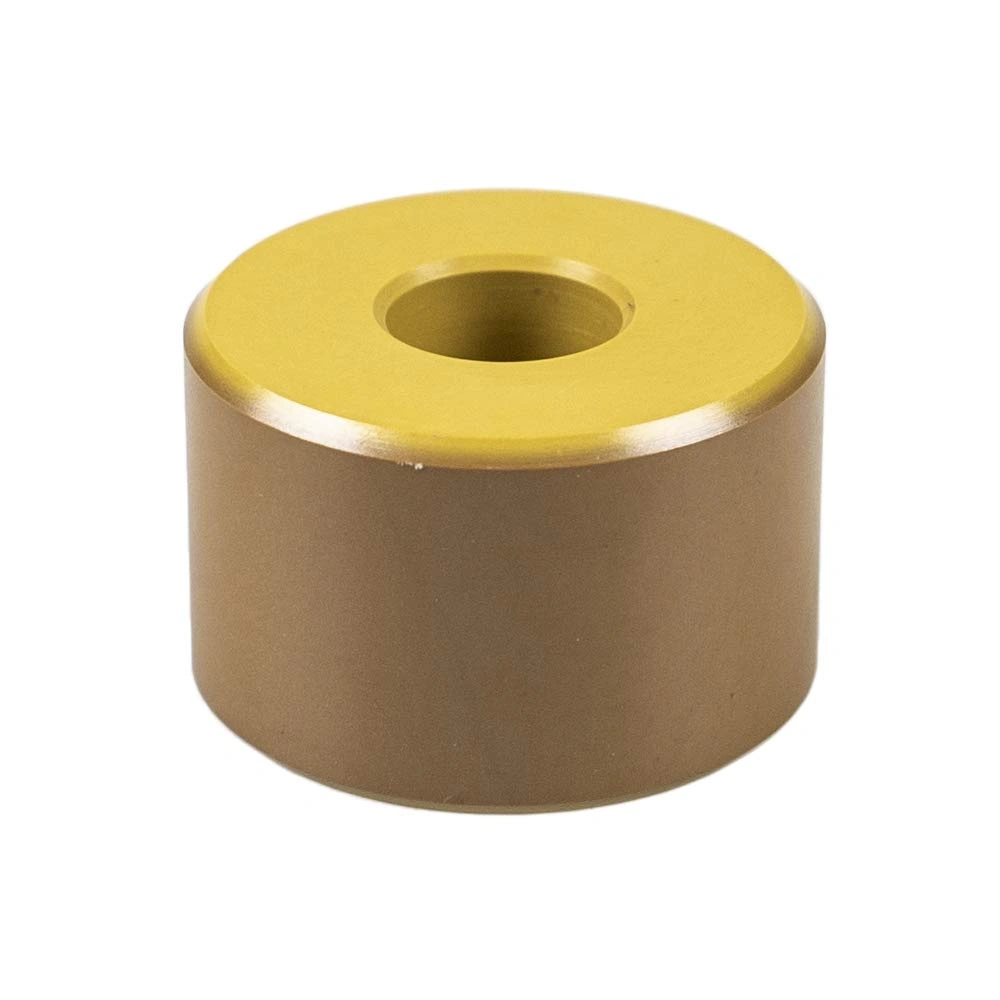
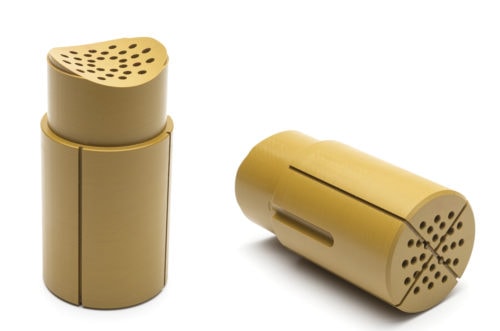
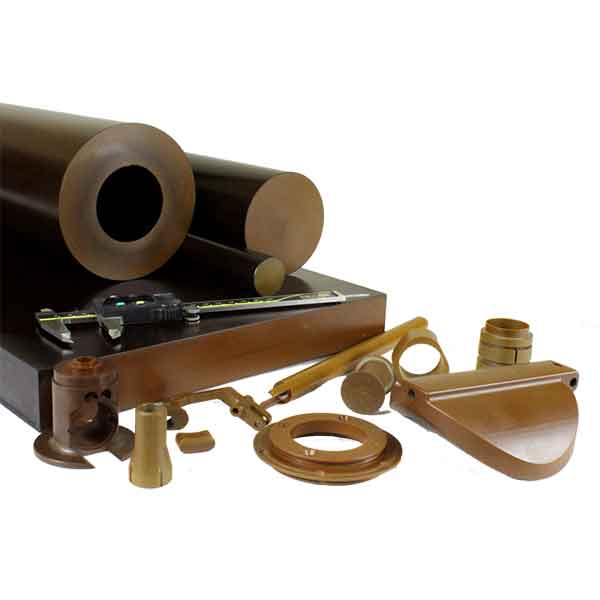
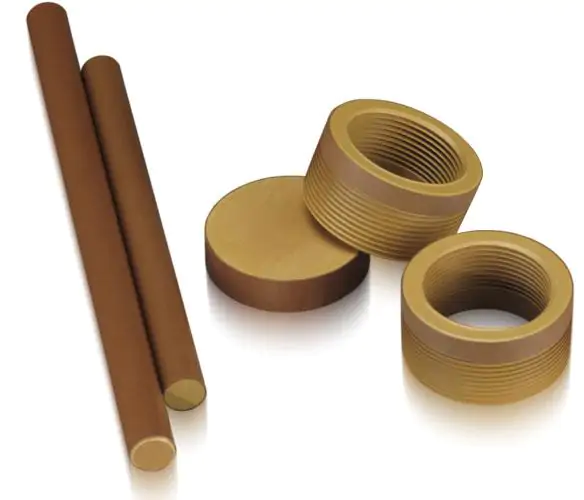
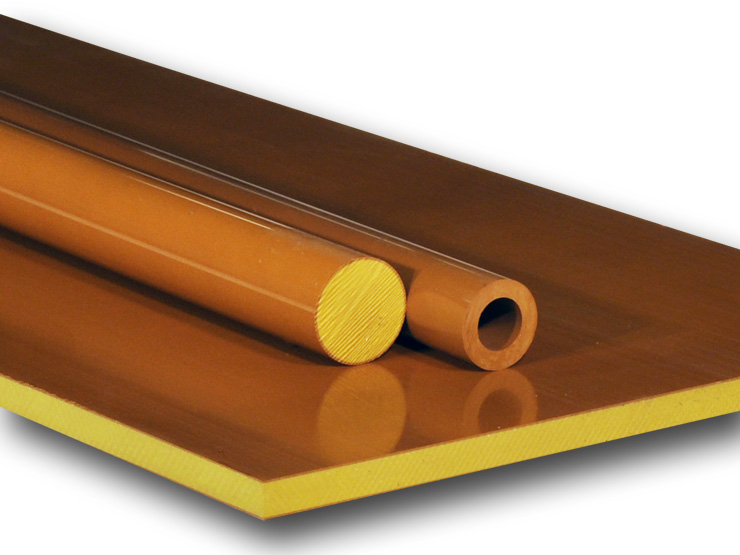



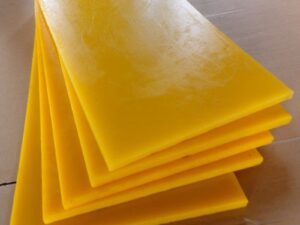
Reviews
There are no reviews yet.